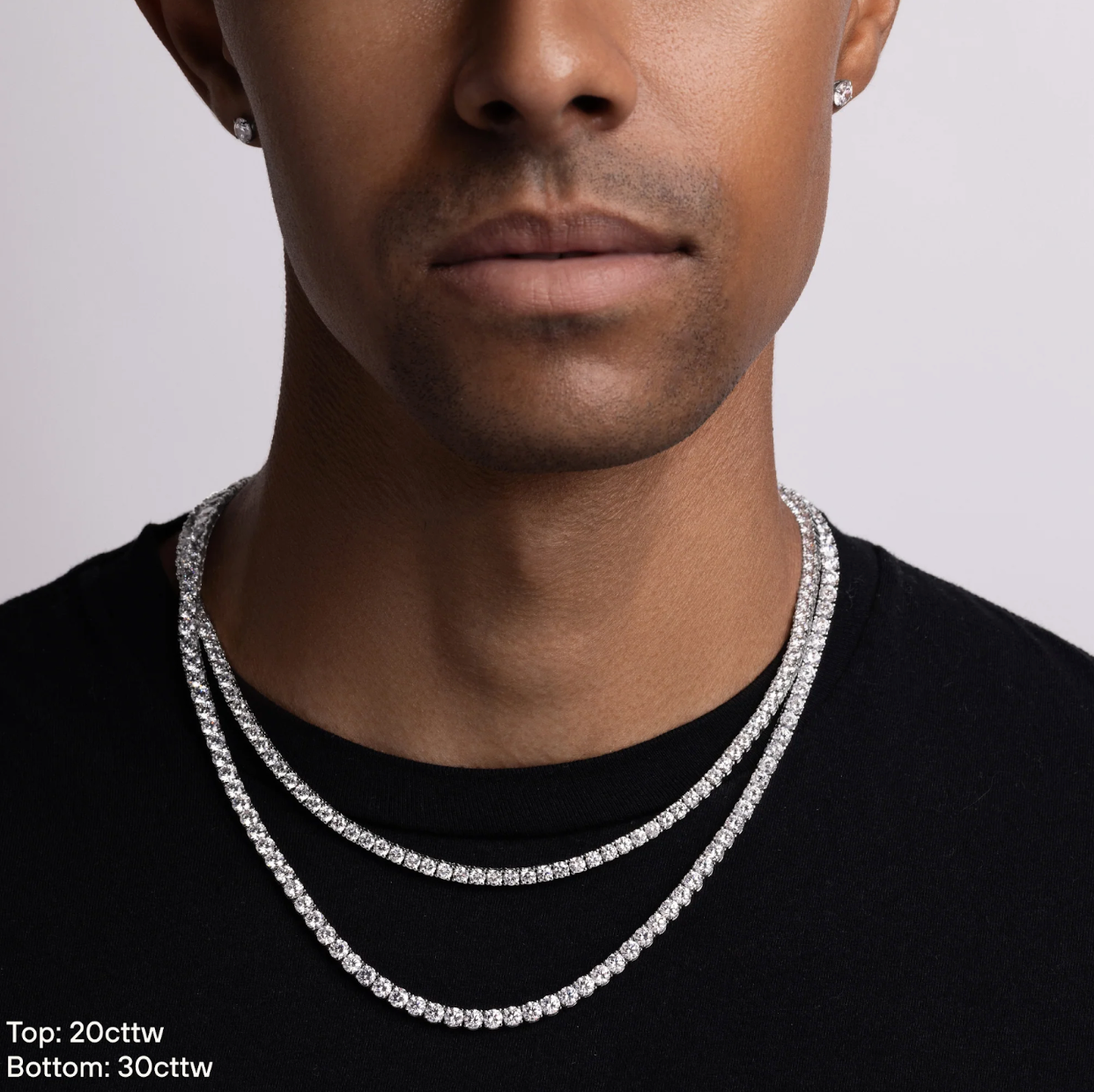While the pursuit of a flawless diamond is often sought after, it's essential to understand that no diamond is entirely without imperfections. Diamond inclusions, though not always detrimental, give each diamond its unique character. In this guide, we'll delve into the world of diamond inclusions, exploring their types and the impact they can have on a diamond's quality.
What Are Diamond Inclusions?
Diamond inclusions are tiny flaws that add character to a diamond. While cut, carat, and color are crucial, inclusions also play a significant role, especially when evaluating a diamond's clarity.
Types of Diamond Inclusions:
Natural Diamond Inclusions:
- a. Pinpoints: These small, often invisible dots don't significantly affect clarity.
- b. Feather: Surface or internal cracks can affect appearance and durability.
- c. Crystal: Inclusions like small peridot, garnet, or carbon particles that can distract from a diamond's sparkle.
- d. Cloud: Clusters of crystals or pinpoints may give the diamond a hazy appearance in rare cases
- e. Twinning Wisp: Thin, wispy streaks are usually hidden within facets
- f. Cavity: Large, deep fractures or surface indentations
- g. Internal Graining & Grain Center: Lines and angles within the diamond that are usually harmless
- h. Needle: Thin, white or transparent streaks
- i. Indented Natural: Depressions that show the diamond's original form
- j. Knot: Visible and weakening, knots should be avoided.
- a. Bearded Girdle: Hair-like inclusions around the girdle
- b. Chip: Small, visible surface openings
- c. Laser Drill Hole: Artificial enhancements can hinder light transmission and make the diamond more fragile.
Best and Worst Inclusions:
- Best: Pinpoints, feathers, and needles are barely visible and minimally impact clarity and durability.
- Worst: Surface-breaking inclusions like cavities, chips, and laser drill holes can lower clarity and durability.
Conclusion
Each diamond's natural inclusions make it unique. Understanding the role of inclusions in diamond quality can guide your next diamond purchase, whether it's an engagement ring, necklace, earrings, or any other diamond jewelry. Embrace the imperfections that add character to these precious gems.





Share:
What Is the Average Cost of a 1 Carat Diamond Ring?
Diamonds: White Inclusions vs. Black Inclusions